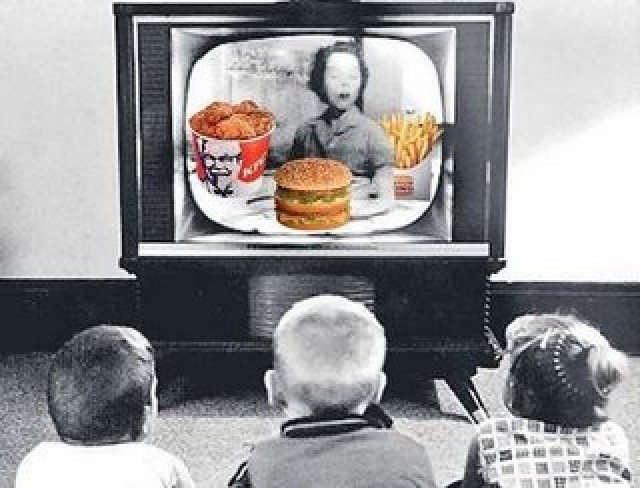The Crazy Influence Of Advertising On Children!
A few years ago, a Eurisko research on children between 2 and 11 years old and their families showed that in their families, many of the purchase decisions, including in the food sector, are taken directly on the instructions of the children. They decide what to eat, when, and what to buy at the supermarket. Another survey not only confirms this trend but compares these data with the past. In 1960 only 24% of children chose what to eat and in 1980 the percentage reached 53%, the current figure is that as many as 86% of children decide what to eat.
What does this mean? And why?
This means that children have taken on the role of consumer guides and are therefore the target of many commercials. Why? Because children have more free time. They watch more television and spend a good amount of time on the internet as well. Children also have a mind that absorbs things fast and a mind that is ever ready to learn new things and less or no experience of the world to decide what’s right or wrong. Their minds are easy to shape. This makes them a good target for commercial advertisements.
Also read: How To Promote Your Business On Social Media?
Another survey result:
In this regard, the Italian Society of Pediatrics carried out a survey whose results were presented to the “National Consensus on childhood obesity” (2006). According to the survey, if a child were to watch a television channel for 2 hours a day, during which specific programs are broadcast for him, he would be subjected to 31,500 commercials in a year, of which 5,500 will be food related ( sweet and savoury snacks, soft drinks, biscuits, snacks, etc.). All this has a huge impact on shaping a child’s personality and more particularly on his preferences.
How children are affected?

Advertisements influence the desires, models, tastes, and eating habits of children in various manners.
- These advertisements tend to capture the attention spans of the youngest through the use of songs, simple rhythms, puns, attractive visuals, happy faces and so on.
- Memorization is one of the purposes with which an advertising spot is created: the repetition of the same advertisement throughout the day is not accidental.
- The presence of children in the commercials also contributes to this process, representing a real magnet for young spectators.
- The simplicity of the situations; familiar and easily recognizable situations are usually presented; The process of identification that occurs thanks to the everyday life of the scenes presented, which are easily associated with one’s personal experience. Children start to familiarize with the products and accept them as part of their life.
- The climate of the spot, which usually presents itself as cheerful and predominantly optimistic. The protagonists of the TV commercials are always portrayed as winners, surrounded by friends and relatives, in a happy and dynamic environment. All difficult situations are resolved positively and people are happy. advertisements try to give a reassuring vision of reality.
- The advertisemnts tends to propose certain models of behaviors and ways of being. The advertisements contain widespread examples of behavior which are accepted by the peer group and therfore become binding on every peer member to conform to them.
- The protagonists of the commercials are proposed as models, always thin, beautiful and in perfect shape while eating high-calorie products at will. In fact, advertising is not limited to selling only products, but models and ways of being. It aims to create an impression on children that a particular product is good and brings good to the consumers.
The effects of advertising are thus huge. In essence, advertising has become a tool of creating an impression rather than giving information, a tool of persuading through emotional mechanisms, rather than through rational mechanisms. Therefore it is important to teach kids to reverse engineer advertisements and uncover the marketing strategies used by companies to sell their products.


